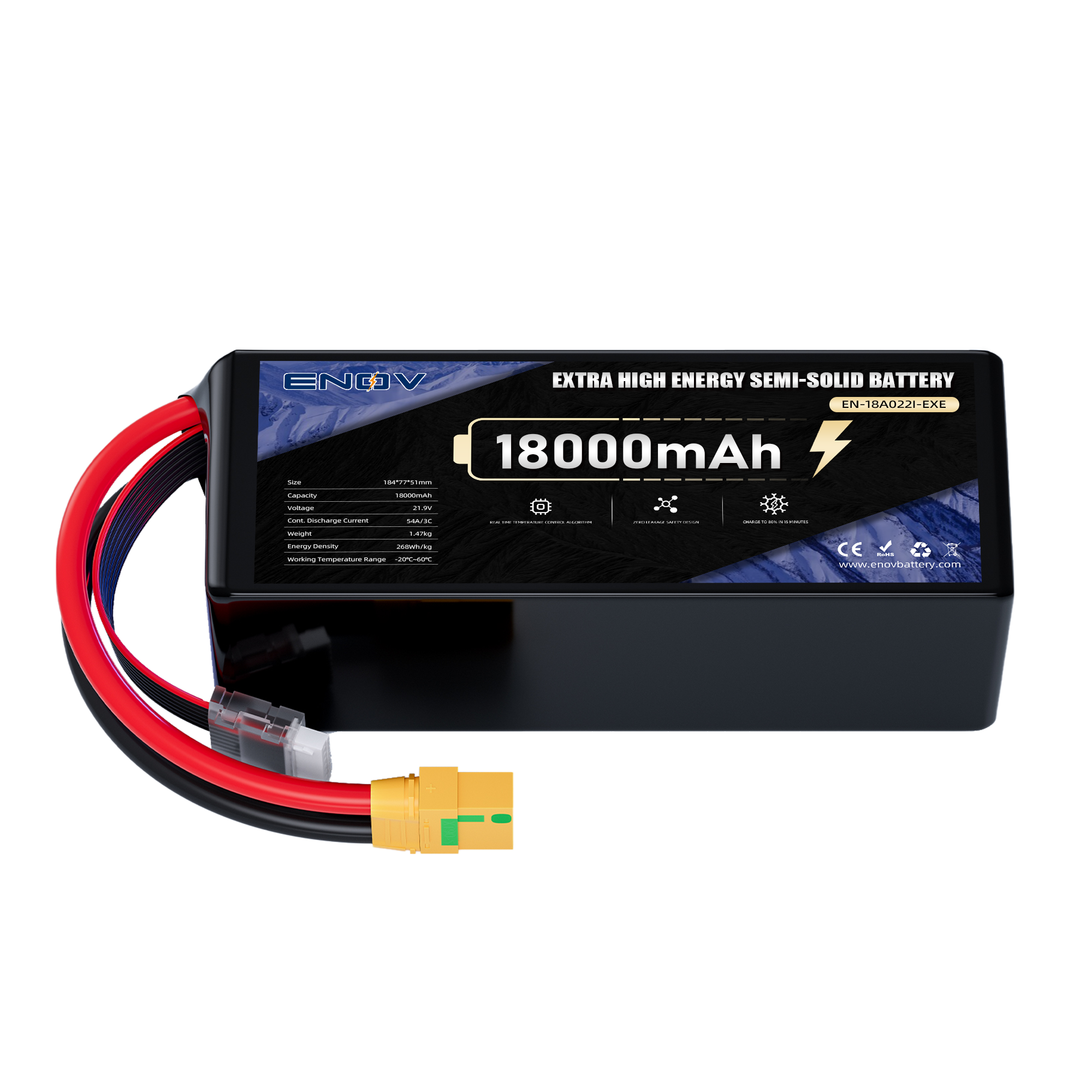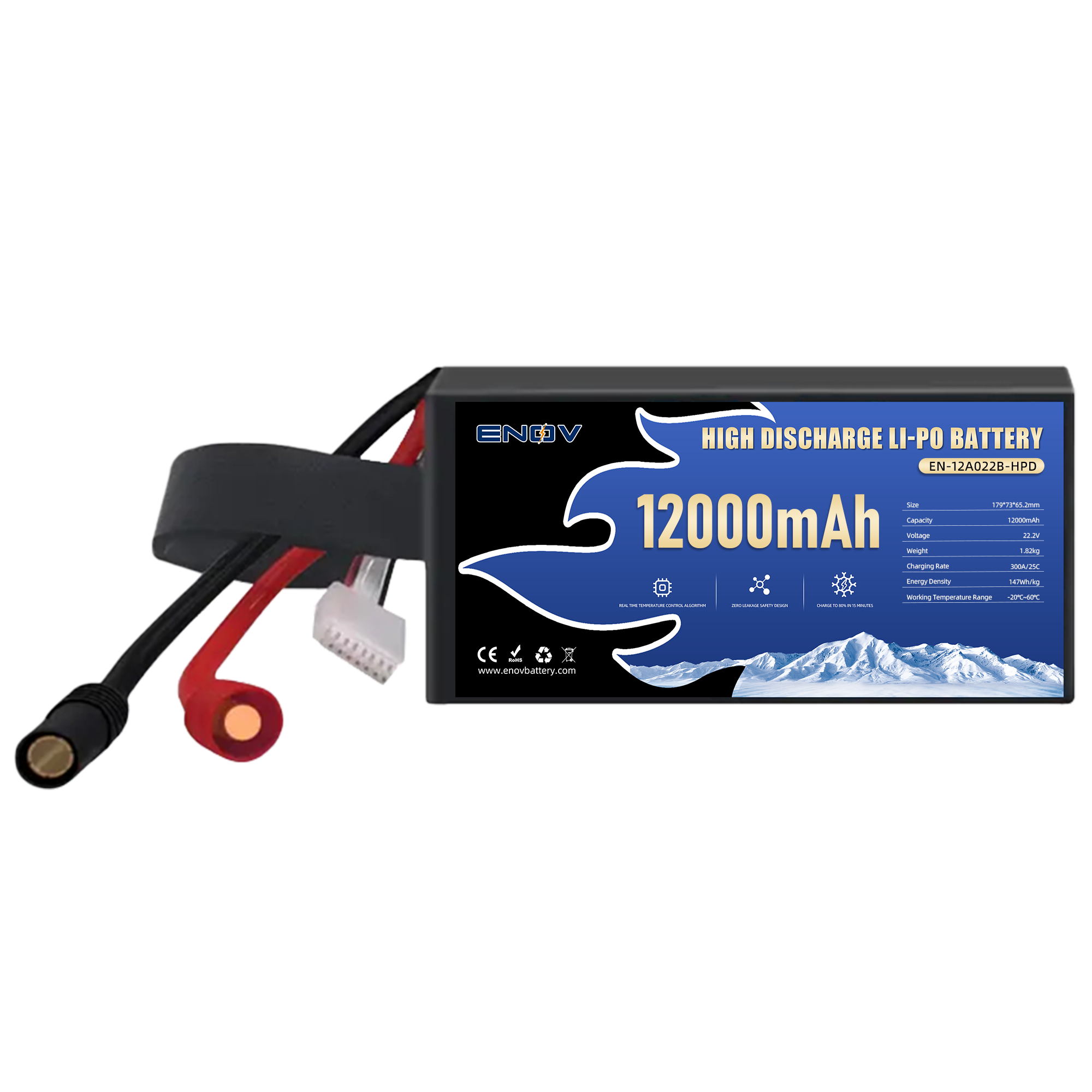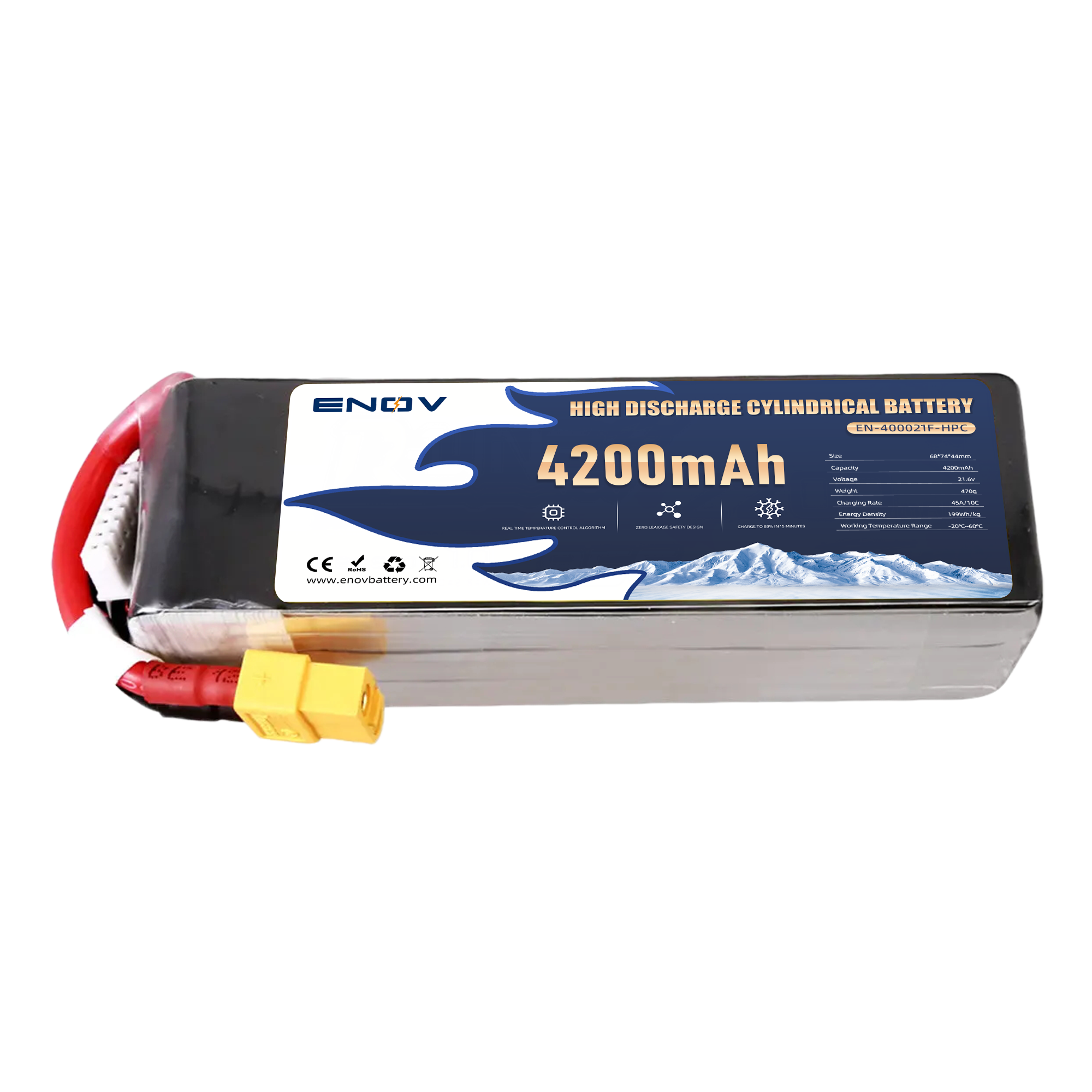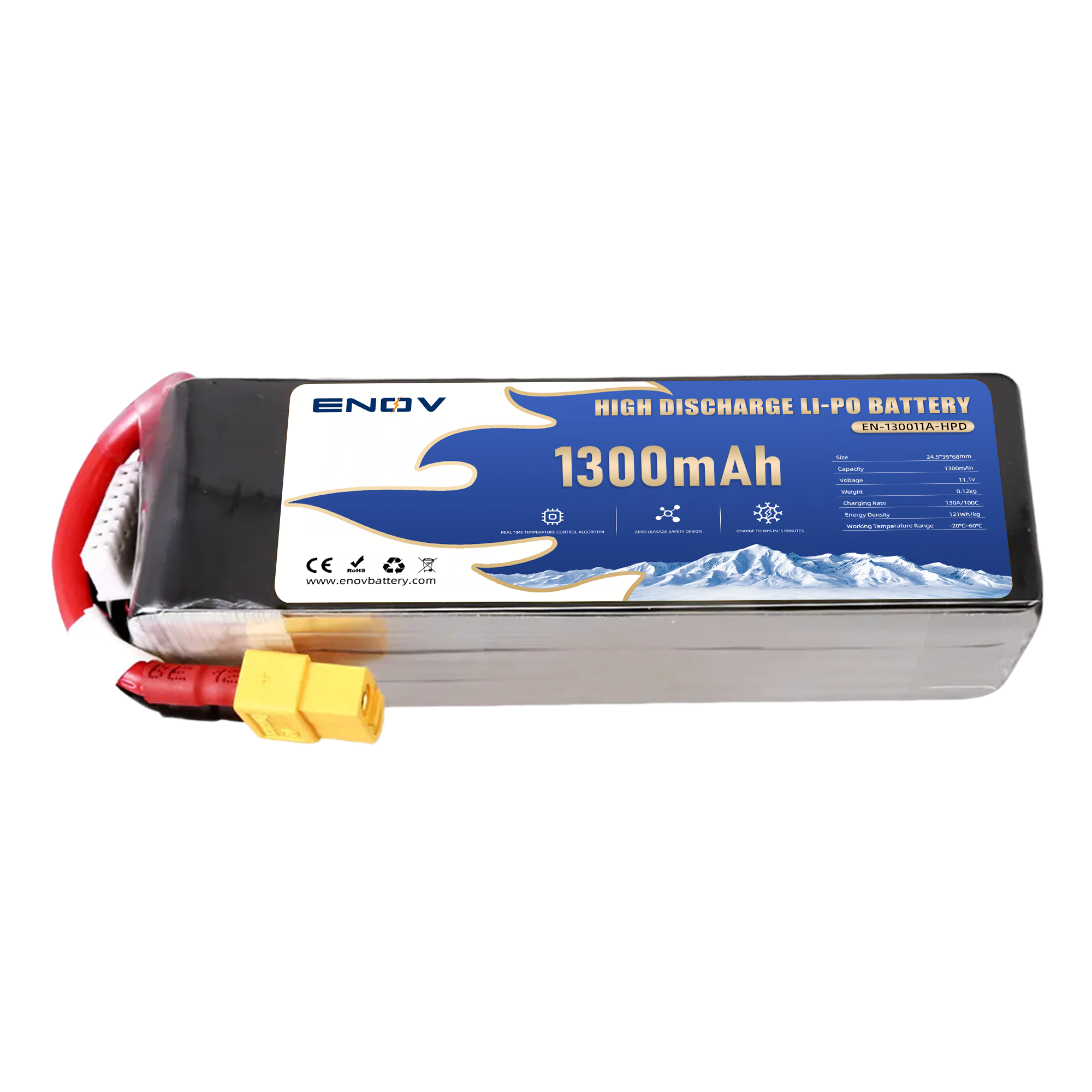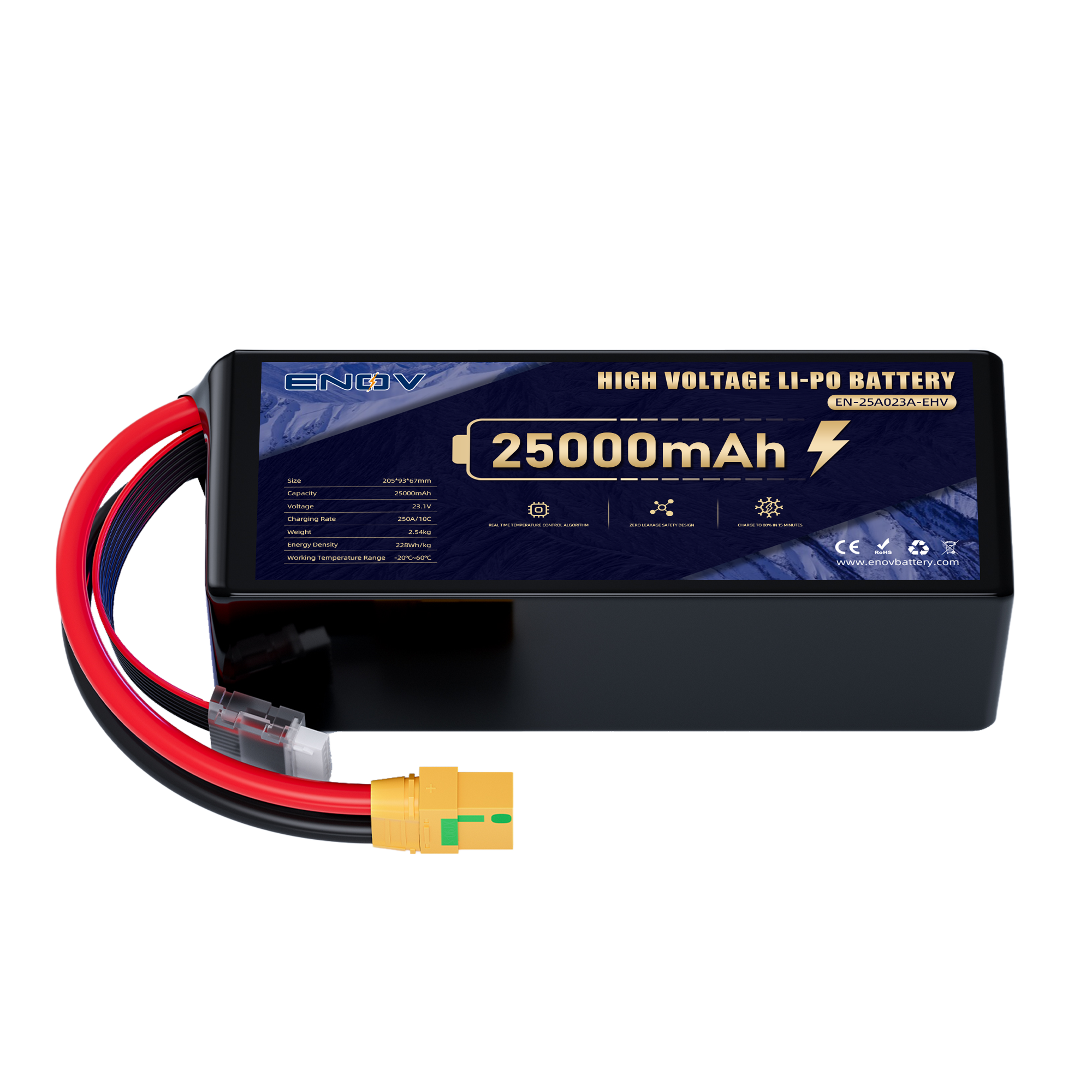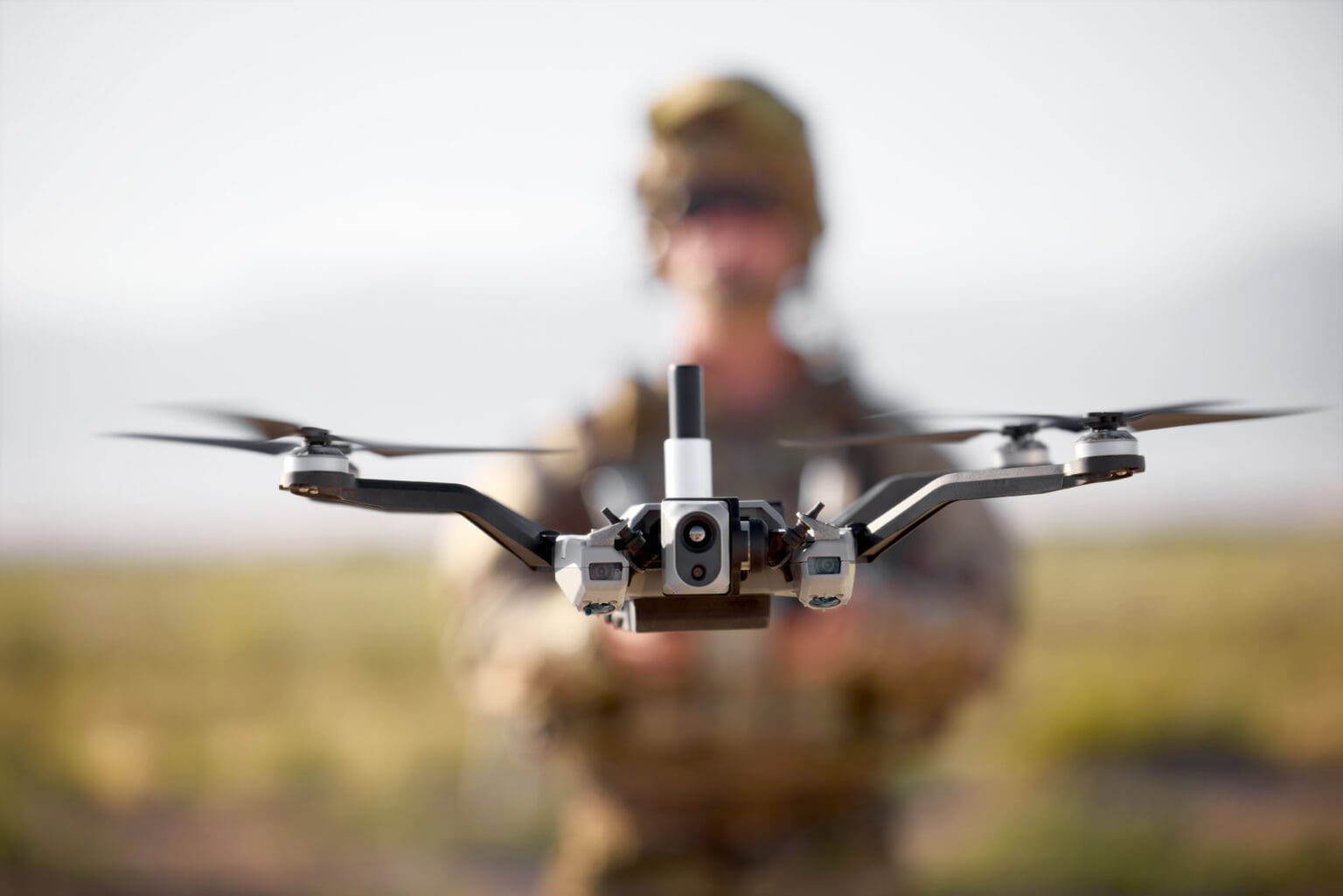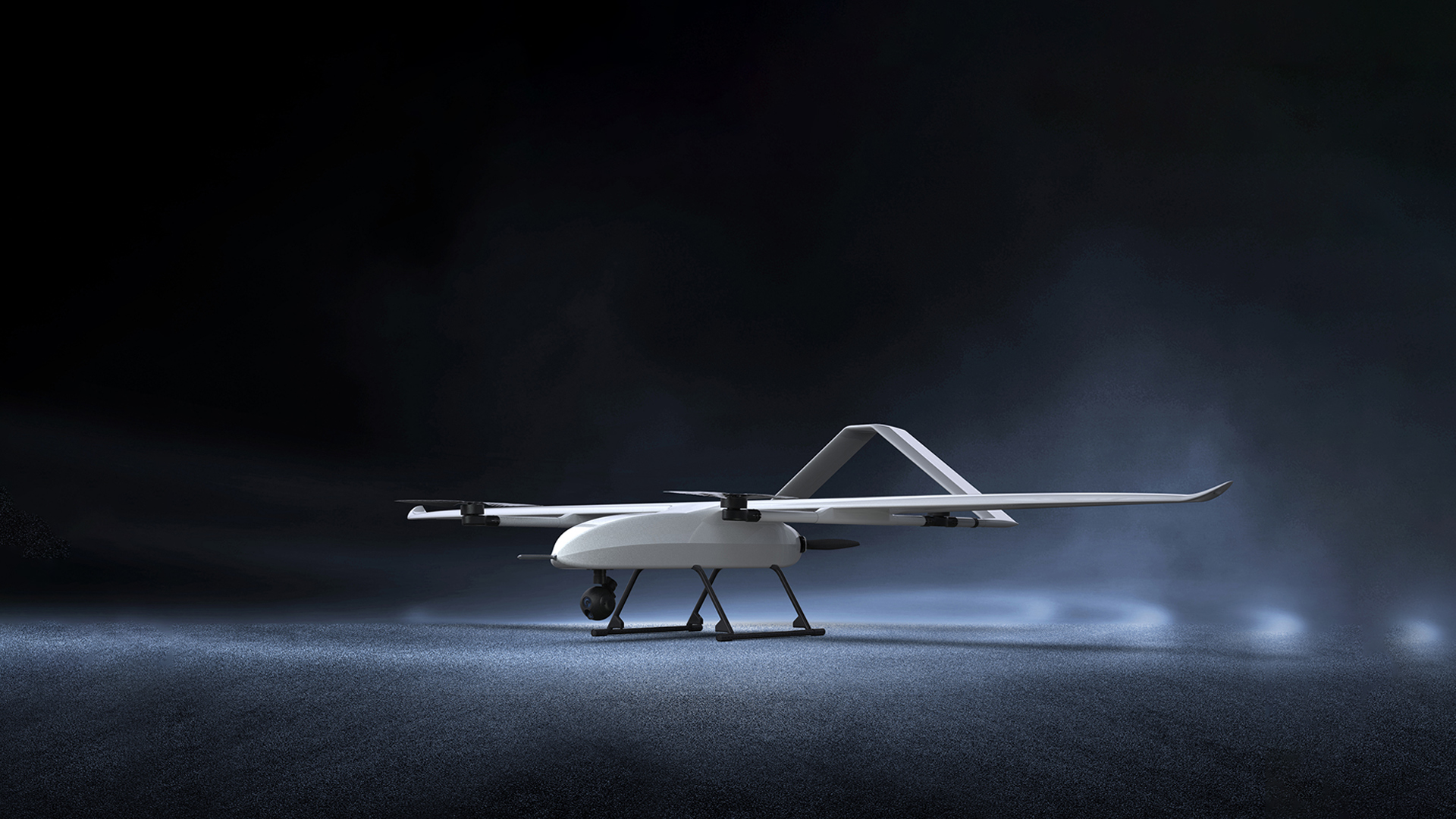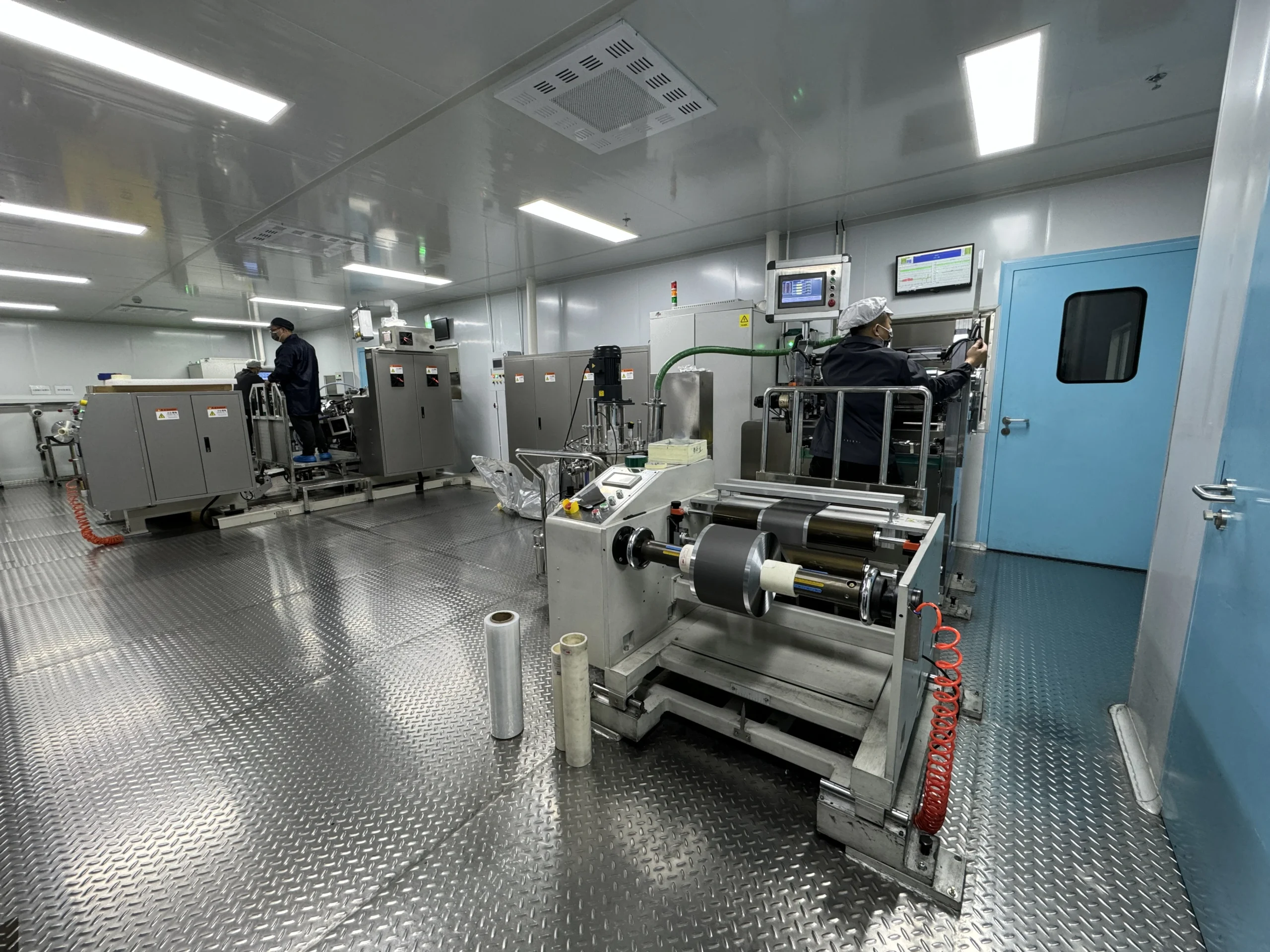Electrochemical Materials: The Heart of Energy Storage
Drone Battery Electrochemical Materials: Powering Modern UAVs
Drone battery electrochemical materials form the foundation of energy storage, directly influencing flight time, power output, and operational safety. As drones advance to meet rigorous demands in logistics, surveillance, and aerial photography, breakthroughs in lithium-based chemistries, graphene composites, and silicon-enhanced systems are reshaping performance benchmarks.
This article delves into the latest advancements in electrochemical components, highlighting their roles in optimizing energy density, charging efficiency, and thermal stability.
thrust
Lithium-ion (Li-ion) and lithium-polymer (LiPo) systems remain the cornerstone of drone battery technology. LiPo batteries, with their flexible polymer electrolytes, enable lightweight designs ideal for compact drones requiring agility. Conversely, Li-ion variants prioritize stability and cycle life, making them suitable for heavy-duty applications like industrial inspections . Recent innovations focus on refining cathode materials—such as nickel-manganese-cobalt (NMC) oxides like NMC 811—to boost energy density beyond 320 Wh/kg while maintaining thermal resilience
Anode materials have also seen significant progress. Traditional graphite anodes are increasingly paired with silicon oxides (SiOx) to enhance capacity. Although silicon offers a theoretical capacity ten times higher than graphite, its expansion during charging remains a challenge. Solutions like silicon-carbon composites mitigate this issue by embedding silicon nanoparticles within conductive carbon matrices, balancing capacity gains with structural integrity
Graphene’s unique properties—high conductivity, mechanical strength, and large surface area—make it a game-changer for electrochemical systems. Hybrid materials combining graphene oxide with metals like nickel or iron create hierarchical structures that improve ion transport and reduce internal resistance. For instance, graphene-coated anodes enhance lithium-ion diffusion rates, enabling faster charging without compromising cycle life
Additionally, graphene-based cathodes are emerging to address voltage stability. By integrating graphene into layered double hydroxides (LDH), researchers achieve pseudocapacitive charge storage mechanisms, which combine the rapid energy transfer of supercapacitors with the high capacity of batteries. These innovations are particularly valuable for drones requiring burst power during takeoff or payload operations
Silicon anode technology represents the frontier of energy density improvements. Pure silicon anodes, despite their 3600 mAh/g capacity, face challenges like volume expansion and electrolyte degradation. Advanced solutions now include nanostructured silicon (e.g., porous silicon spheres) and hybrid systems where silicon is encapsulated within carbon frameworks. Such designs reduce mechanical stress while maintaining conductivity, achieving capacities exceeding 1600 mAh/g in recent prototypes
Moreover, silicon-graphite composites strike a balance between performance and practicality. By blending silicon with graphite, manufacturers achieve 20–30% higher energy density than conventional anodes, ideal for long-range drones. These composites also benefit from existing production infrastructure, easing scalability for commercial adoption
Safety remains a critical concern, especially for drones operating in extreme temperatures. Solid-state electrolytes (SSEs) and gel polymer electrolytes (GPEs) are gaining traction as alternatives to flammable liquid electrolytes. SSEs, such as lithium lanthanum zirconium tantalum oxide (LLZTO), enable dendrite-free lithium deposition, reducing short-circuit risks.
Meanwhile, GPEs embedded in polymer matrices like poly(ethylene oxide) (PEO) offer flexibility and leak resistance, ensuring stable performance in sub-zero environments
Conclusion
Drone battery electrochemical materials are driving a paradigm shift in UAV capabilities. From high-energy lithium systems and graphene hybrids to silicon breakthroughs and solid-state innovations, each advancement addresses specific challenges in energy storage and safety.
As research continues to optimize these materials, drones will achieve unprecedented flight durations, faster recharge cycles, and reliability across diverse operational conditions—ushering in a new era of aerial technology.
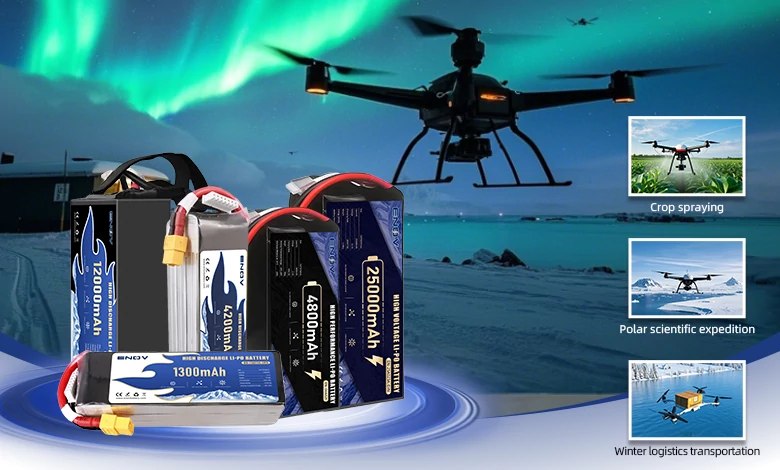
UAV DRONE battery
Enov UAV battery has the most advanced UAV battery new technology, it has a lightweight structural design, ultra-high energy density, stable continuous discharge, customized ultra-high instantaneous discharge, wide temperature working range, stable charge and discharge, battery materials can choose high nickel terpolymer positive/silicon carbon negative material system combined with semi-solid battery technology. Or choose a more mature application of more UAV lithium battery technology, available UAV battery nominal voltage 3.7V, capacity 18.0Ah ~ 30.0Ah, support 10C continuous discharge and 120C pulse discharge (3 seconds). With ultra-high energy density (220-300Wh/kg) as its core advantage, Enov UAV batteries can meet the needs of long-term endurance scenarios such as plant protection drones and transport drones, while maintaining stable emission performance in extremely low temperature environments (-40℃).
Other products
START-STOP LITHIUM BATTERY
LITHIUM ENERGY STORAGE BATTERY
QUICK INQUIRY
FAQ
Access to high frequency technical questions with one click, get accurate answers on product application, after-sales policy and customization process.
Service and Support
Get the latest product specifications, explore professional OEM/ODM customization services, click to open exclusive technical support and production solutions.
Become a Partner
We sincerely invite resources to interconnect, work together for win-win development, and immediately open a new chapter of strategic cooperation!
